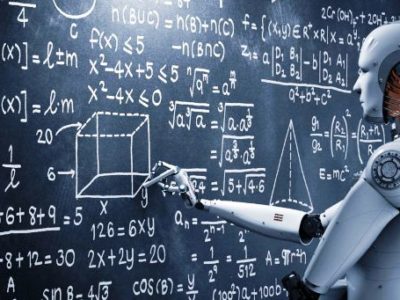Some decades ago, entering any profession was not as easy. One had to have studied for years, interned perhaps before getting an entry-level role. Access to creative tools and resources was limited, often reserved for those with specialized training or privileged access to expensive software.
RELATED: 5 insider tips to outsmart AI trained to deceive you
But now, advancements in AI technologies are changing this by making creative tools and resources more accessible to individuals from diverse backgrounds.
Let’s talk about Access to Creative Tools and Resources
AI technologies are revolutionizing how people create by providing accessible and user-friendly tools across various creative domains. For instance, AI-powered design platforms like Canva and Adobe Sensei offer intuitive interfaces and automated features that enable users, regardless of their design expertise, to create visually stunning graphics, illustrations, and layouts. You don’t need months of training in Adobe design software to be able to produce beautiful, creative materials.
Similarly, music composition tools such as Amper Music and Jukedeck leverage AI algorithms to generate original music tracks tailored to users’ preferences and specifications.
Moreover, AI-driven content creation platforms like GPT-3 empower writers and content creators by generating high-quality text based on prompts or briefs. These tools not only streamline the creative process but also open up opportunities for individuals who may not have formal training or experience in writing or design.
Enabling Diverse Participation
One of the most significant impacts of AI on creativity is its ability to foster diversity and inclusivity within creative industries. By lowering barriers to entry and providing accessible tools, AI platforms enable individuals from underrepresented communities to participate in creative pursuits and share their unique perspectives with the world. For example, initiatives like Google’s Magenta project aim to democratize music creation by developing open-source tools that allow musicians, artists, and researchers to experiment with AI-generated music.
Also, AI-driven platforms facilitate collaboration and knowledge-sharing among creators from different backgrounds and regions. Online communities and forums dedicated to AI-generated art, music, and literature are hubs for aspiring creators to learn, collaborate, and showcase their work, fostering a more inclusive and interconnected creative ecosystem.
Lowering Barriers to Entry
Perhaps the most profound impact of AI on creativity is its ability to lower barriers to entry in traditionally exclusive creative industries. Breaking into fields such as film, music, and publishing required substantial financial resources, industry connections, and formal education. However, AI technologies democratize access to these industries by providing affordable and accessible tools for content creation, distribution, and promotion. Anyone can produce these things these days.
For example, AI-driven filmmaking tools like Scriptbook and Largo AI analyze scripts and predict their commercial success, helping independent filmmakers make informed decisions and compete with established studios. Similarly, self-publishing platforms like Amazon Kindle Direct Publishing and Wattpad have enabled anyone to become an author, thus bypassing traditional publishing gatekeepers and sharing their stories directly with readers worldwide. You may have seen several novel-reading apps on the Play Store that allow you to read stories from authors worldwide.
Implications and concerns
Now, here is what I think. While the democratization of creativity facilitated by AI holds immense promise, it raises important questions and concerns for the industry. On the one hand, AI technologies are expanding the creative landscape, democratizing access, and empowering individuals to express themselves in new and innovative ways. This democratization has the potential to democratize cultural production and amplify diverse voices, and maybe we should be concerned about what kinds of voices may be amplified.
Anyone can create anything and put it on the internet. Anyone can design anything. And how does the consumption of this content get censored? This is on the part of Ethical concerns.
Now to the bit about quality: As AI makes it possible for anyone, with little or no training, to venture into the creative space, we should get concerned about the quality of the output. Are there still industry standards to be upheld? Is there any form of standardization or regulation to police the output quality? Or will the world have to consume whatever is put out there?
If the poor-quality output outnumbers the standard or excellent-quality output, could it impact the industry? Or will consumers always have to go through bags of bad apples to get to one good one?
While we are happy that AI is democratizing access to the creative industry, is there a risk of oversaturation and dilution of originality? Will we still be able to get works of genuine artistic expression? Or are we going into the era where a creator will put a 3-sentence prompt into Chat-GPT to generate a script and then input it into an application like Narakeet to create the video with royalty-free images? Is that going to be the future of creative content? Or can we still expect content showing time and devotion have been invested?
If you operate in the creative space, I would like to know what you think would happen. And what we can do to get the best out of technological advancements and the originality characteristic of creative works.
Samuel Ajiboyede: Climatetech | Fintech | AI Expert | RealEstate | Branding | Investor | Author & Host of ‘The Entrepreneur’s Diary’
IMAGE: Canva





























